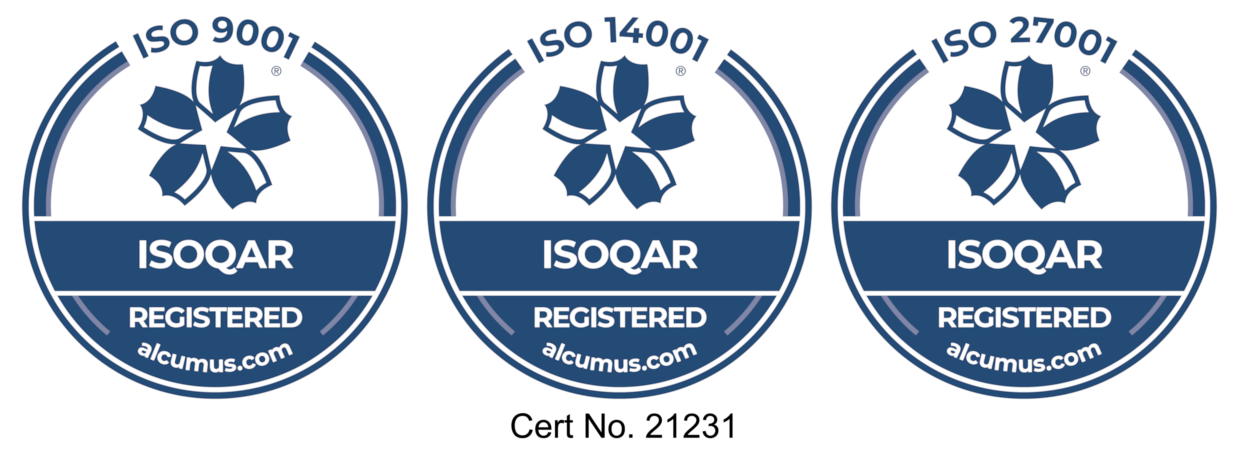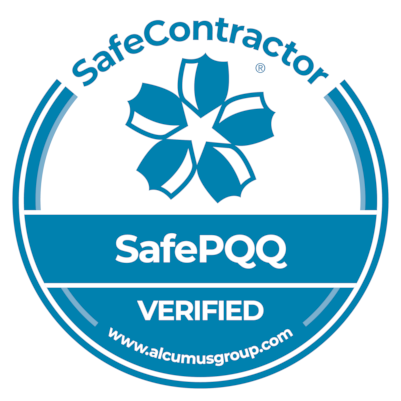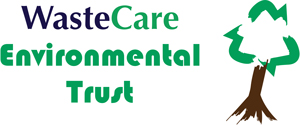These Regulations which came into force in 1991 following the enactment of the original Environmental Protection Act require any person who produces, carries, keeps, treats or disposes of controlled waste to:
• Ensure that there is no unauthorised or harmful deposit or disposal
• Prevent the escape of the waste from their control or that of any other person
• Ensure that waste is only transferred to an authorised person
• Provide an accompanying written description, and
• Keep records of waste they have transferred
The penalties for non-compliance with these regulations can be quite severe with fines of the order of tens of thousands of pounds being commonplace and people have even been imprisoned in some extreme cases.
How to comply
1. Is it waste? Firstly you must decide whether it is waste at all. Generally speaking, if it is something that you are discarding or disposing, whether it is going for recovery or recycling or not, then it is waste.
2. Determine if it is hazardous waste: Separate regulations apply if the waste is hazardous. Click here (to Hazardous Waste page) to determine whether your waste is hazardous or not.
3. Has the waste any unusual properties? Even if a waste is not classified as hazardous it could still pose problems if wrongly managed. This depends as much on knowing what will happen to it, as knowing what it is made of. Even everyday items of waste may cause handling or treatment problems further down the line, so it is important that you provide the right information on the nature of the waste when you transfer it. Things to check for include:
• What type of container is suitable for the waste and what should it be made of?
• Can the waste be safely mixed with other waste?
• Can the waste be incinerated and does it need a particular temperature for environmentally safe incineration
• Would there be any problems if the waste were landfilled with other waste?
1. Keep the waste stored safely: Everyone who stores waste for any length of time must keep it safe and guard against:
• Corrosion, wear or leakage of containers
• Accident or weather causing the escape of the waste
• Scavenging of the waste by thieves, animals or vandals
• The waste needs to be contained such that it can be safely transported to its next holder or its final destination without it escaping.
• All waste should be clearly labelled or otherwise identified and segregated from other waste where necessary
1. Complete a Transfer Note: A transfer note must be completed and signed by yourself and the company taking the waste away.
It must contain the following details:
• The identity of the waste by reference to the appropriate code in the List of Wastes Regulations (more on this later)
• The quantity of waste and whether loose or containerised
• If containerised, the kind and number of containers
• The time and place of transfer
• The name and address of the transferor (or transferee)
• The status of the transferor or transferee
You must also keep a copy of the transfer note on file for at least two years for ordinary waste and three years for Hazardous Waste. Additional requirements exist for Hazardous Waste click here for them.





